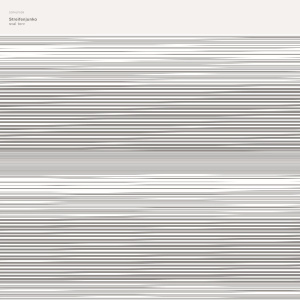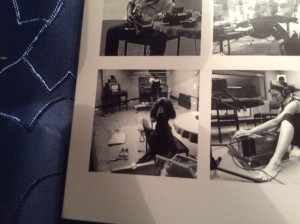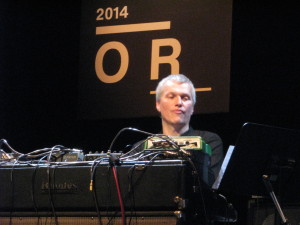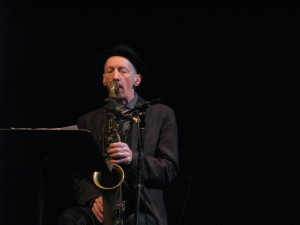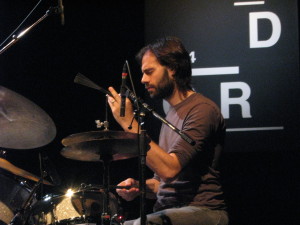Um es kurz zu machen mit der Ewigkeit: Ja, für mich hatte das Stück so etwas, das allen Zeitläuften und Strömungen widersteht, und ich hätte es gern auch in meinem übernächsten Leben, sagen wir mal 2213, gehört. Von mir aus auch in Niederösterreich. Da wird nun nichts raus. Eines der wunderbarsten Piano-Bass-Schlagzeug-Werke der jüngeren Zeit entstand in einem grossen Haus in einem schwedischen Wald.
Es heisst SERENITY (1999), ein opus magnum des Bobo Stenson Trios, mit dem Bassisten Anders Jormin und dem Schlagzeuger Jon Christensen. Kein Wunder, dass Manfred Eicher die Gunst der Stunden nutzte und gleich ein Doppelalbum daraus formte. Die drei Musiker sind ja eher ruhige Zeitgenossen, die keine grossen Worte schwingen – aber, meine Güte, da war gewiss etwas Elektrisierendes im Raum (man hätte auch das Klischee von den „sprühenden Funken“ hemmungslos in den Mund nehmen können, vor Ort).
Ich erinnere mich, wie ich mit Konrad Heidkamp am Telefon über SERENITY sprach, und wie wir selbst erstaunt waren, was da, verdammt noch mal, immer noch ging, immer wieder mal, in diesem betagten Format. Konrad schrieb seine schöne Rezension für „Die Zeit“, und ich interviewte den Bassisten Anders Jormin, zu seiner Zeit mit Charles Lloyd, diversen Trioaktiviäten, ersten Soloalben etc. Natürlich sprachen wir auch über SERENITY. („We lived in an isolated house“, an den Satz erinnere ich mich, und dass es dort gutes Essen gegeben habe.) Ich hatte ihm meine Fragen gemailt, und er schickte mir eine DAT-Kassette mit seinen Antworten. Daraus wurde ein 45-minütiges Porträt im Deutschlandfunk, dessen Skript leider verloren ging.
Während ich seine Antworten bearbeitete, entdeckte ich, dass da noch etwas war auf der Kassette, nämlich eine kleine Pause, gefolgt von einem kurzen skandinavischen Dialog, und einem mich vom ersten Ton an faszinierenden Stück aus der Session im schwedischen Wald. Ich liebte es, und plante, es in meiner Nachtsendung einmal zu spielen, mit der Genehmigung von Anders und allen Beteiligten.
Dann unterlief mir ein technischer Fehler, ein fahrlässiger Knopfdruck, ein kleiner Blackout – und das Stück war Geschichte. Gelöscht. Over and out. Die Komposition oder Improvisation lebte von steten Wiederholungen, umkreiste ein kinderliedartig einfaches Motiv, schlicht und ergreifend. Als hätten The Necks an einem Balladenalbum für ECM gearbeitet. Vielleicht fiel es etwas aus dem Rahmen, und fand darum nicht seinen Weg ins Werk. Ich erzählte Anders am Telefon die traurige Angelegenheit, und er musste auch einmal tief durchatmen.


